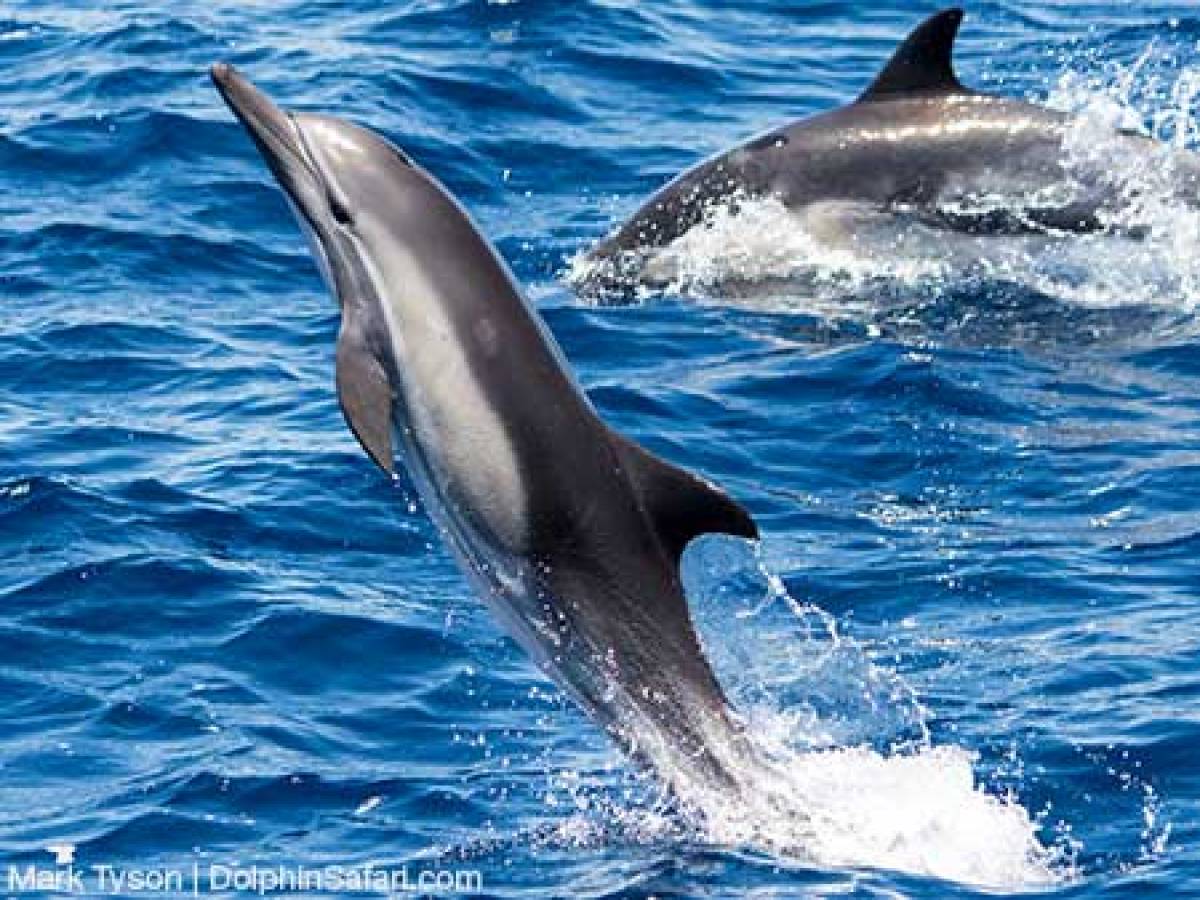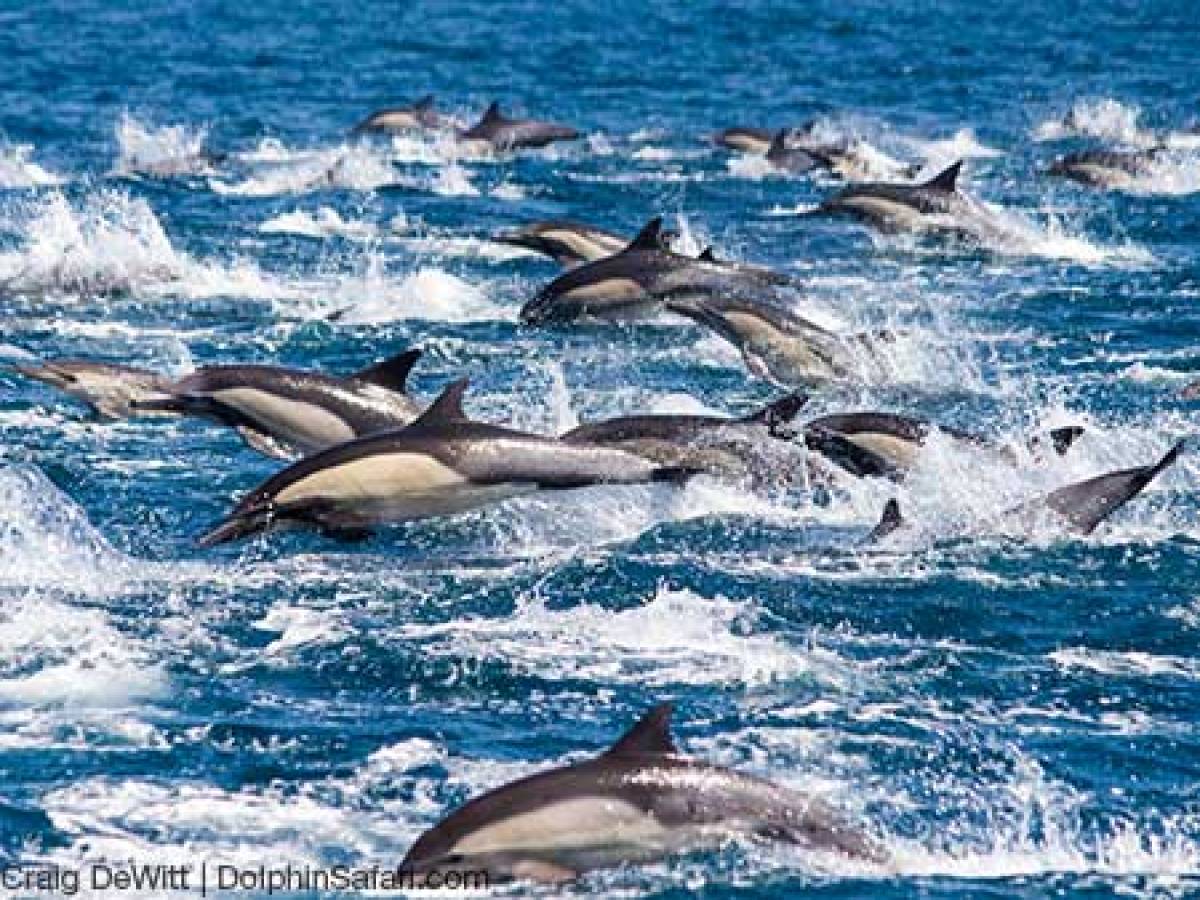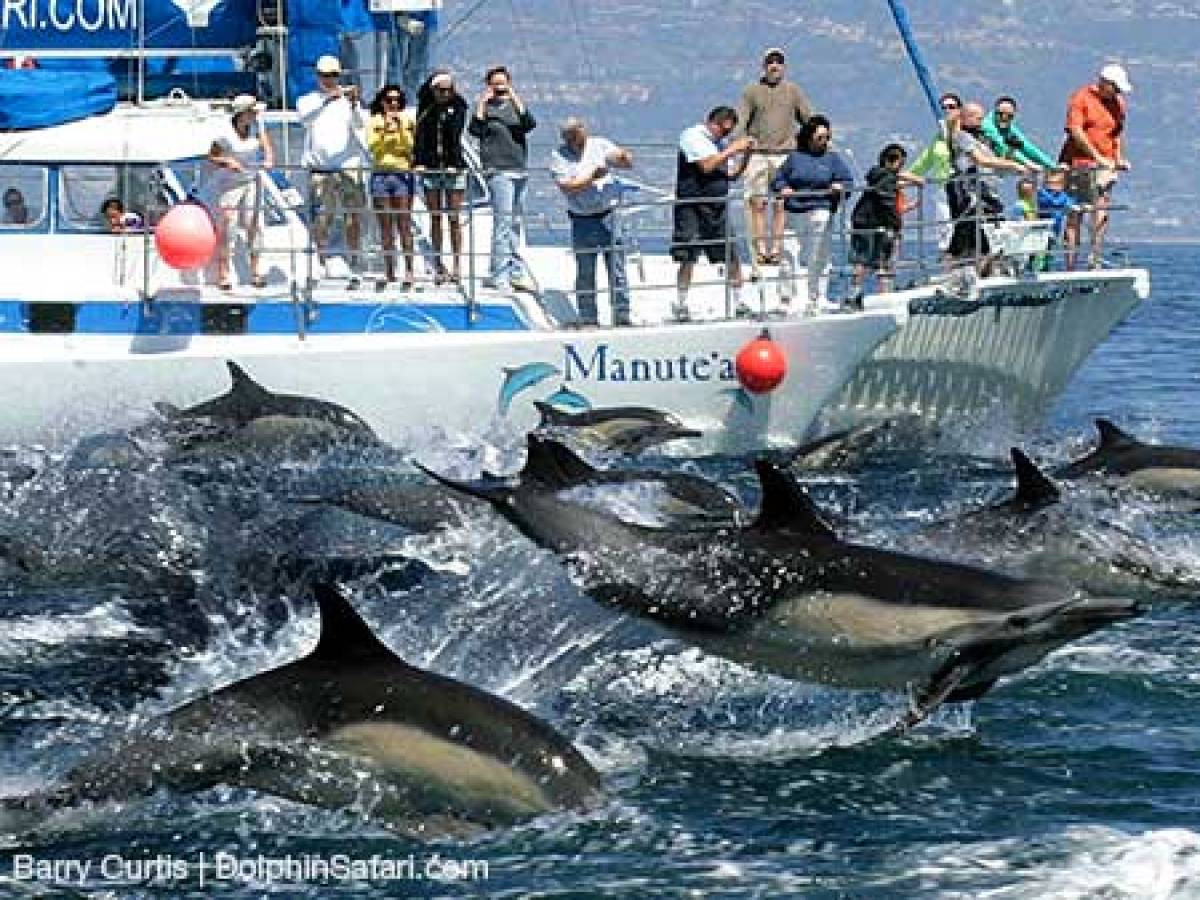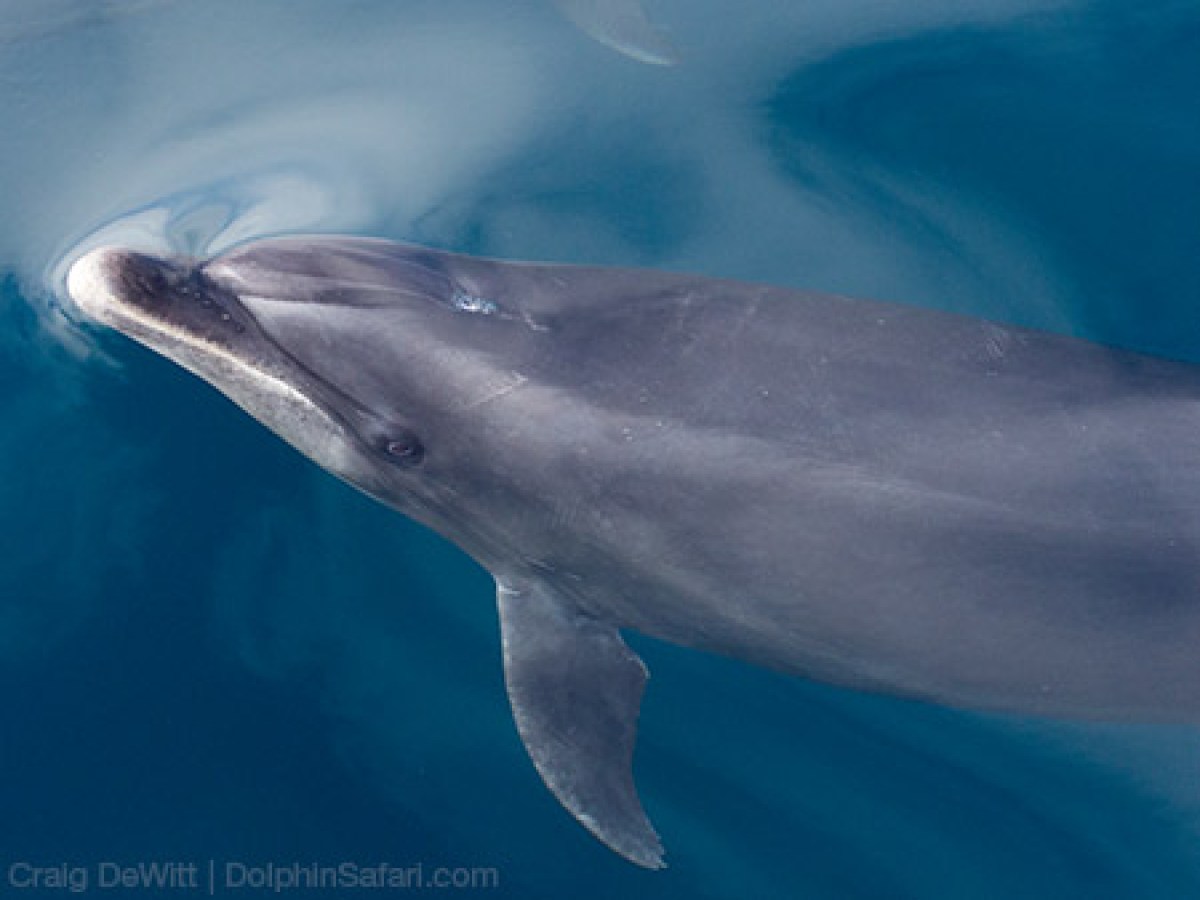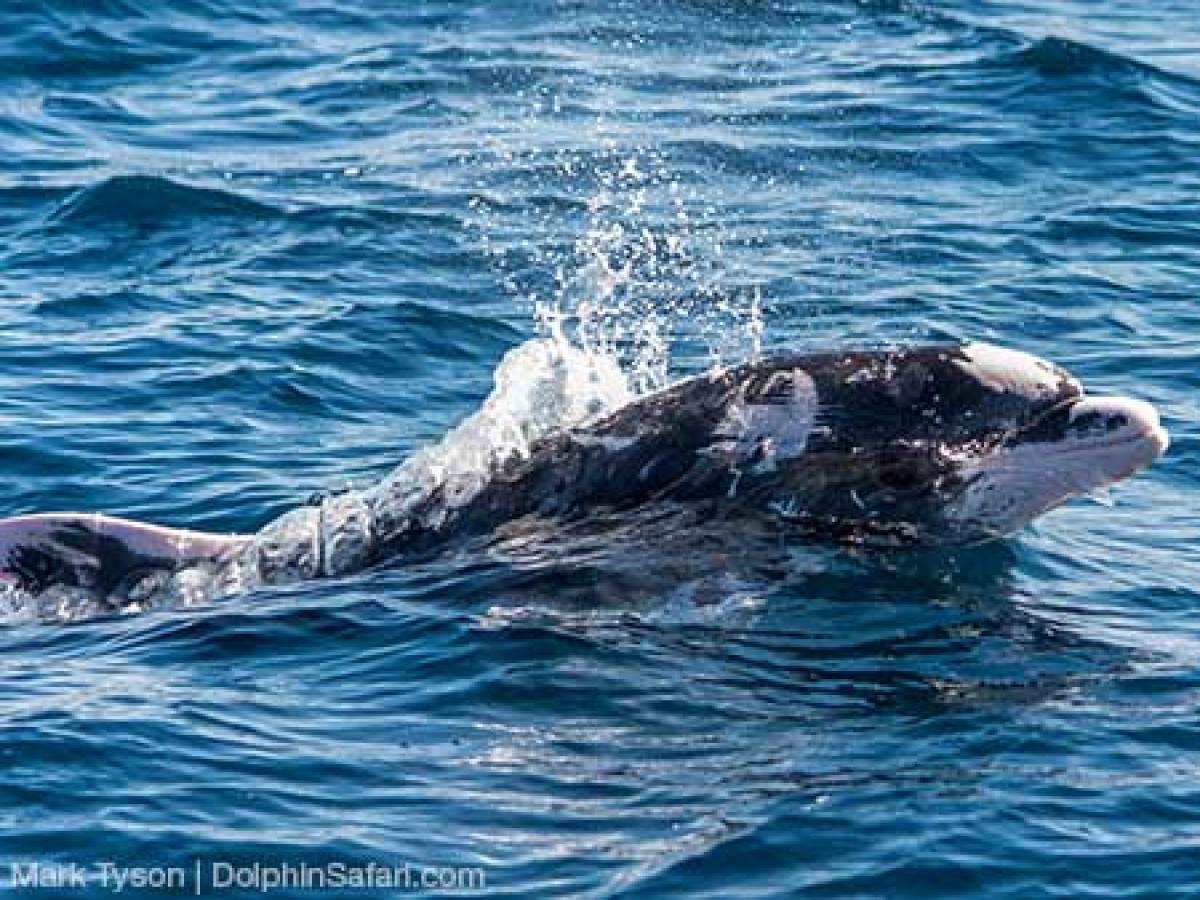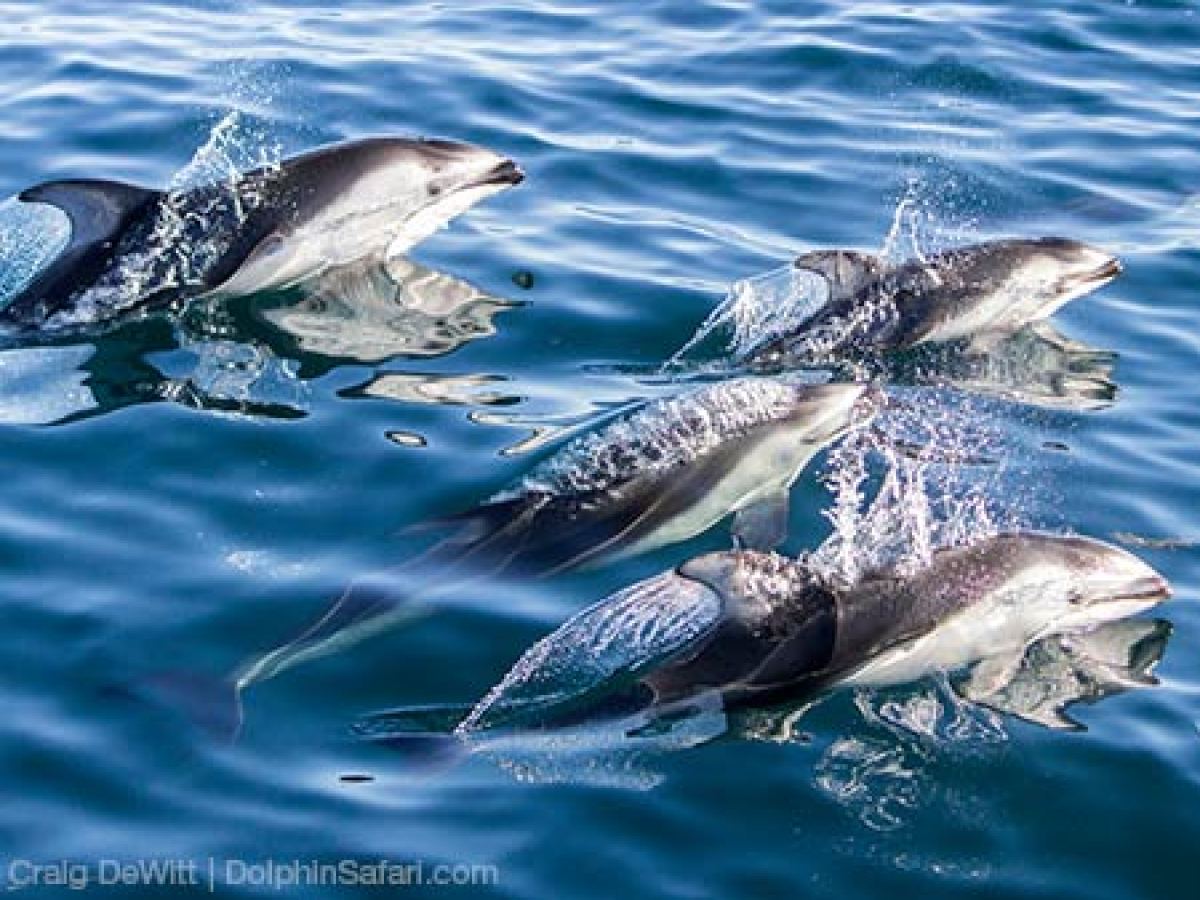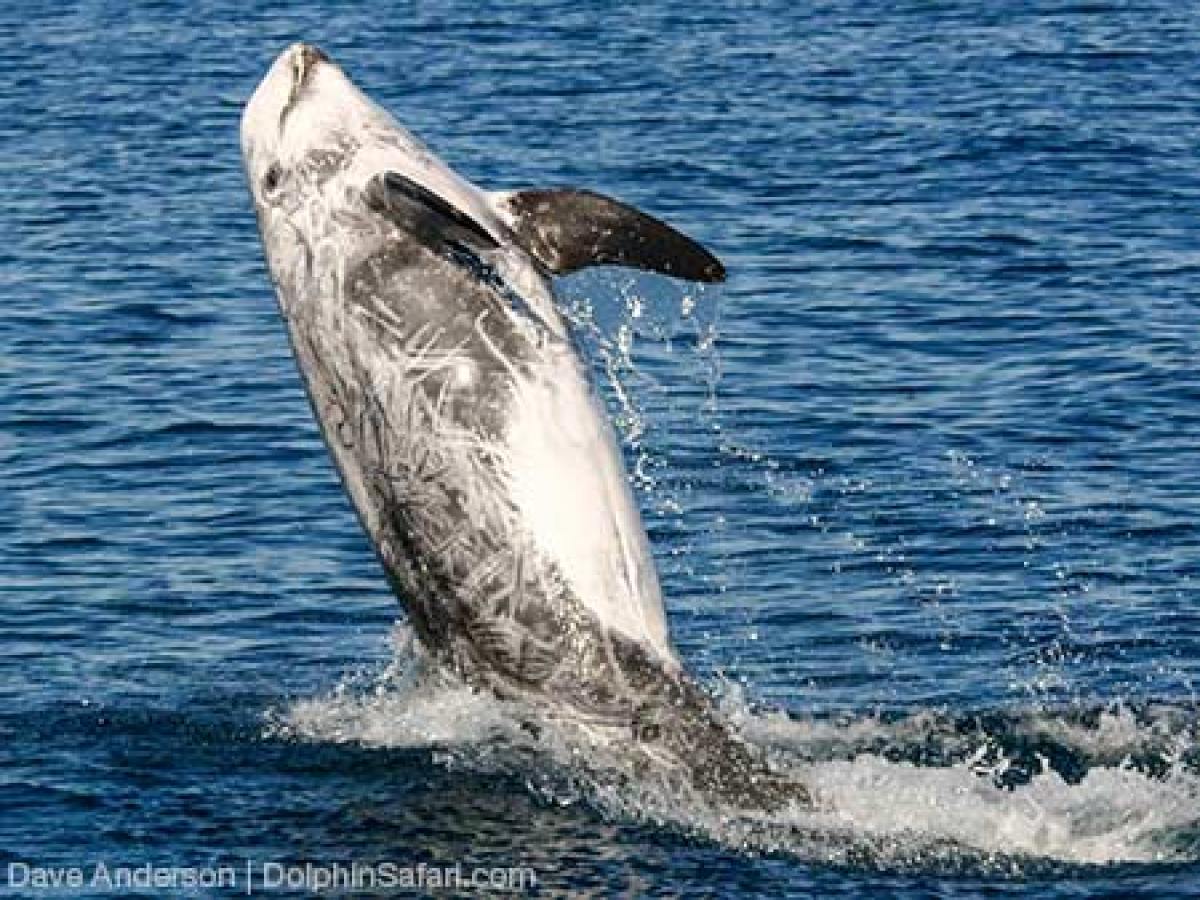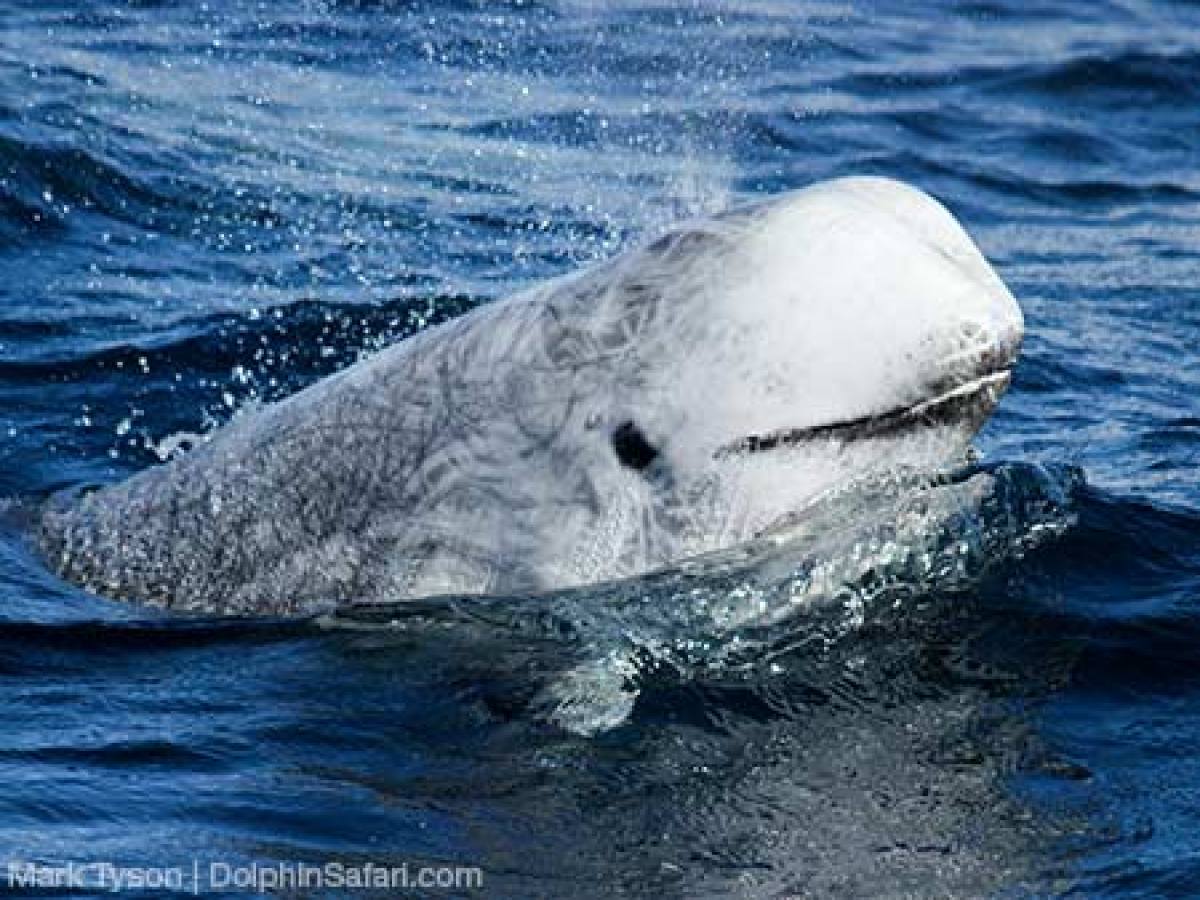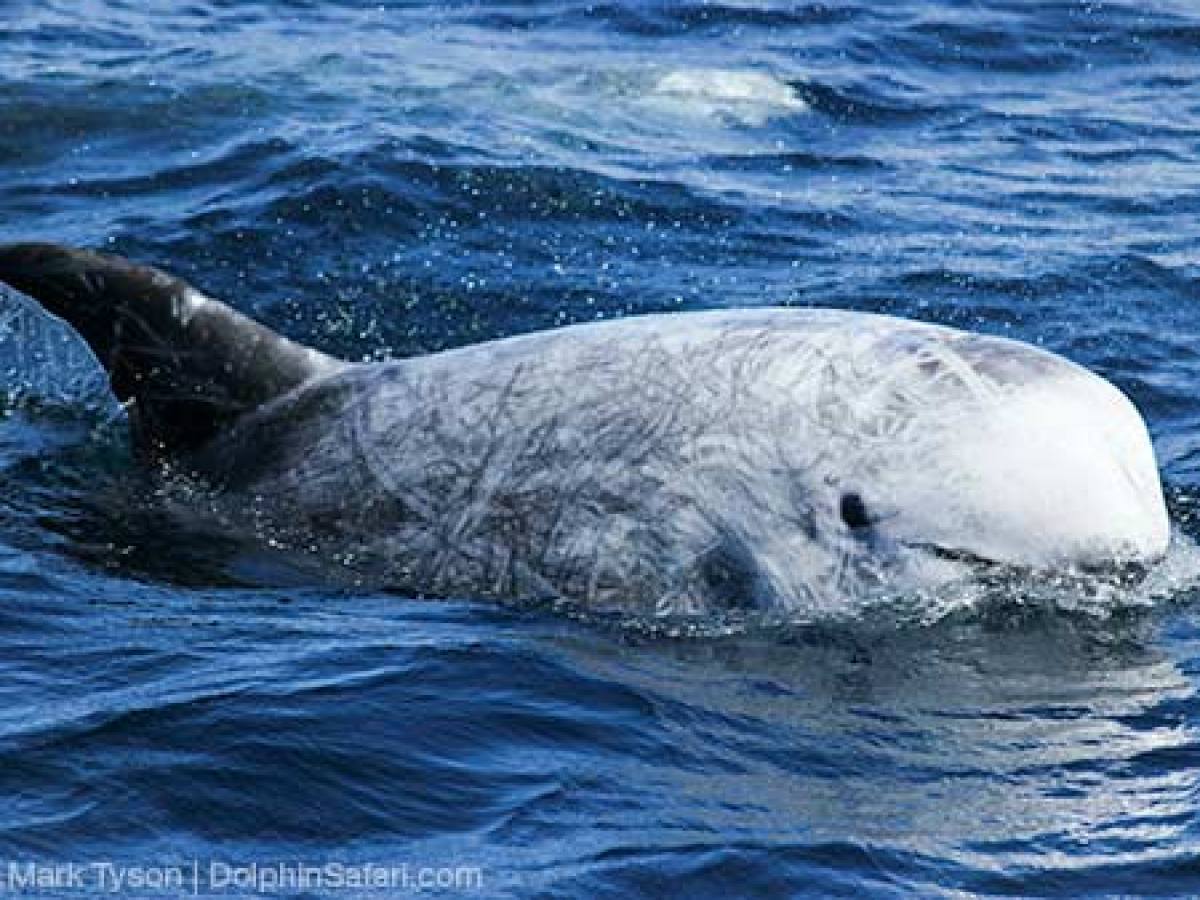What is so special about Dana Point and dolphins?
You can see five different species of wild dolphins during our dolphin and whale watching safaris. Dolphins off the coast of Southern California comprise some of the largest dolphin herds in the world, including mega-pods of up to 10,000! We have more wild dolphins in our area than anywhere else in the world!
Whales and dolphins are related!
Dolphins belong to the group of marine mammals that includes whales and porpoises. Together, they are called cetaceans (cet– AY– shuns). The bottlenose dolphin, for example, is a small, toothed whale that belongs to the Delphinidae family. There are at least 31 species in this family. Among the other toothed whales of the Delphinidae family are pilot whales, common dolphins, spotted dolphins, and orcas, also known as killer whales. Killer whales are the largest dolphin! So, what other kinds of dolphins are there? Read on!
All images in the following slideshows were taken during our whale watching safaris.
Common Dolphin
-
Delphinus capensis / Delphinus delphis
A terrible name for a beautiful animal! There are two kinds of common dolphins to watch off the coast of Southern California: the long-beaked common dolphin and the short-beaked common dolphin. Though similar in many respects, they differ slightly in size, coloration, and features.
The average common dolphin is about 6 to 9 feet long, but what they lack in size, they make up for in numbers. We have over 400,000 common dolphins off the coast of Southern California. A typical pod will number around 200 and we often see herds that number over 1,000. The largest pod in our area, according to scientific estimates, numbered no less than 10,000 dolphins!
Common dolphins eat small schooling fish like sardines, mackerel, and anchovies, as well as squid. They average about 300 pounds and both species have elaborate color patterns that range from yellow/tan to gray to black.
This kind of dolphin is extremely social. They frequently come over to bow ride with our whale watching boats. Sometimes, without warning or provocation, a pod will begin “stampeding” – a form of high-speed travel where the dolphins porpoise out of the water at the same time while heading in one direction.
Myth buster: The sea creatures in this slide’s photo are not mermaids, despite what some folks may believe. They are common dolphins! Capt. Dave filmed this large pod of stampeding dolphins with his drone. Our whale watching catamaran, Manute’a, can be seen in the upper right corner. Watch Capt. Dave’s viral video: Drones Over Dolphin Stampede & Whales.
Bottlenose Dolphin
-
Tursiops truncatus
Bottlenose dolphins are one of the most well known species of dolphin. In fact, “Flipper” was an Atlantic bottlenose dolphin. There are two ecotypes of bottlenose dolphins seen off the coast of Southern California throughout the year: coastal bottlenose dolphins can be seen from the beach and offshore bottlenose dolphins are found in much deeper water.
Bottlenose dolphins are larger than common dolphins, with an average length of 8 to 12 feet. This kind of dolphin has coloring that is light to very dark gray on top and light gray on its belly. First seen in 2006, one locally famous bottlenose, named Patches by our staff photographer & naturalist Mark Tyson, is easily distinguished by very unique black and white/pink coloring.
Bottlenose are a kind of dolphin that are very playful, intelligent, and social. They’re known to associate with other dolphins such as pilot whales and Risso’s dolphins. And we’ve witnessed them bow riding on the front of giant blue whales! They often respond with acrobatic aerial performances to the clapping and cheering of whale watchers. The bottlenose dolphin diet consists mainly of fish and squid. Adults can weigh 300 to 1,400 pounds.
Pacific White-Sided Dolphin
-
Lagenorhynchus obliquidens
Pacific white-sided dolphins are sometimes referred to as “lags” thanks to their scientific name (see above) which is quite a mouthful. This kind of dolphin is beautifully colored in shades of black, gray, and white. Pacific white-sided dolphins weigh 300 to 400 pounds and reach up to 8 feet in length, with males larger than females.
Pacific white-sided dolphins enjoy a diet of squid and small schooling fish such as sardines and anchovies. They can dive for more than 6 minutes to feed.
Another kind of dolphin that is very friendly and playful, pacific white-sided dolphins love to bow ride with our whale watching boats. We’ve witnessed them “playing” with Gray Whales by sliding across the whale’s belly while it has rolled upside down!
Risso's Dolphin
-
Grampus griseus
Risso’s dolphins are one of the larger kinds of dolphins we encounter on our dolphin and whale watching safaris. They are about 10 feet long on average and can weigh up to 1,100 pounds. Risso’s are usually very shy around boats and very rarely bow ride like other dolphins off the coast of Southern California.
Risso’s dolphins are very unusual looking with a blunt, round head and no distinguishable beak. They are dark gray with a lot of white scarring. The younger Risso’s are darker in color and they turn progressively whiter as they age, sort of like us! The scars are caused by teeth rakes from other Risso’s and by bites from their favorite prey.
The favorite food of Risso’s dolphins are squid. This kind of dolphin is capable of diving to 1,000 feet and holding its breath for up to 30 minutes. They’ll also sometimes feed inside bait balls of fish such as anchovies.


